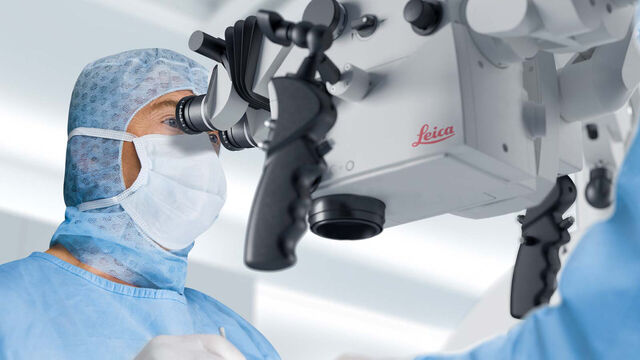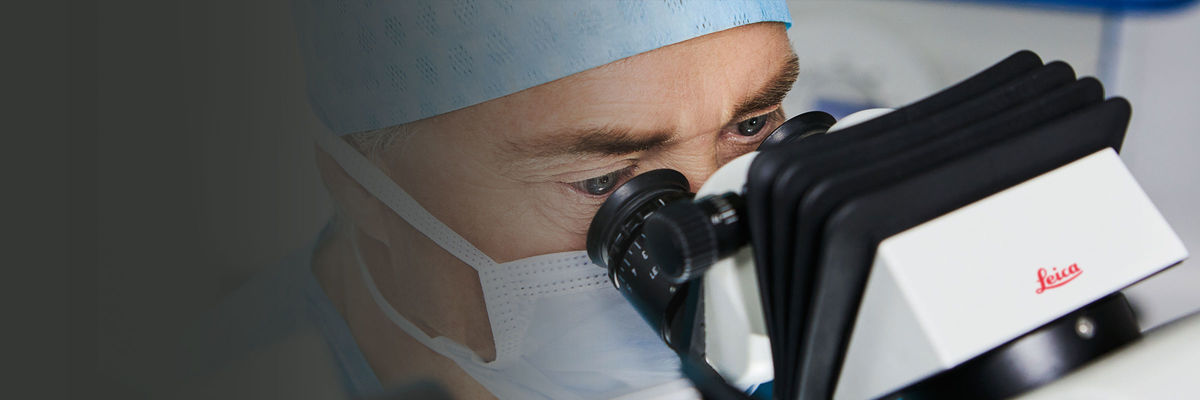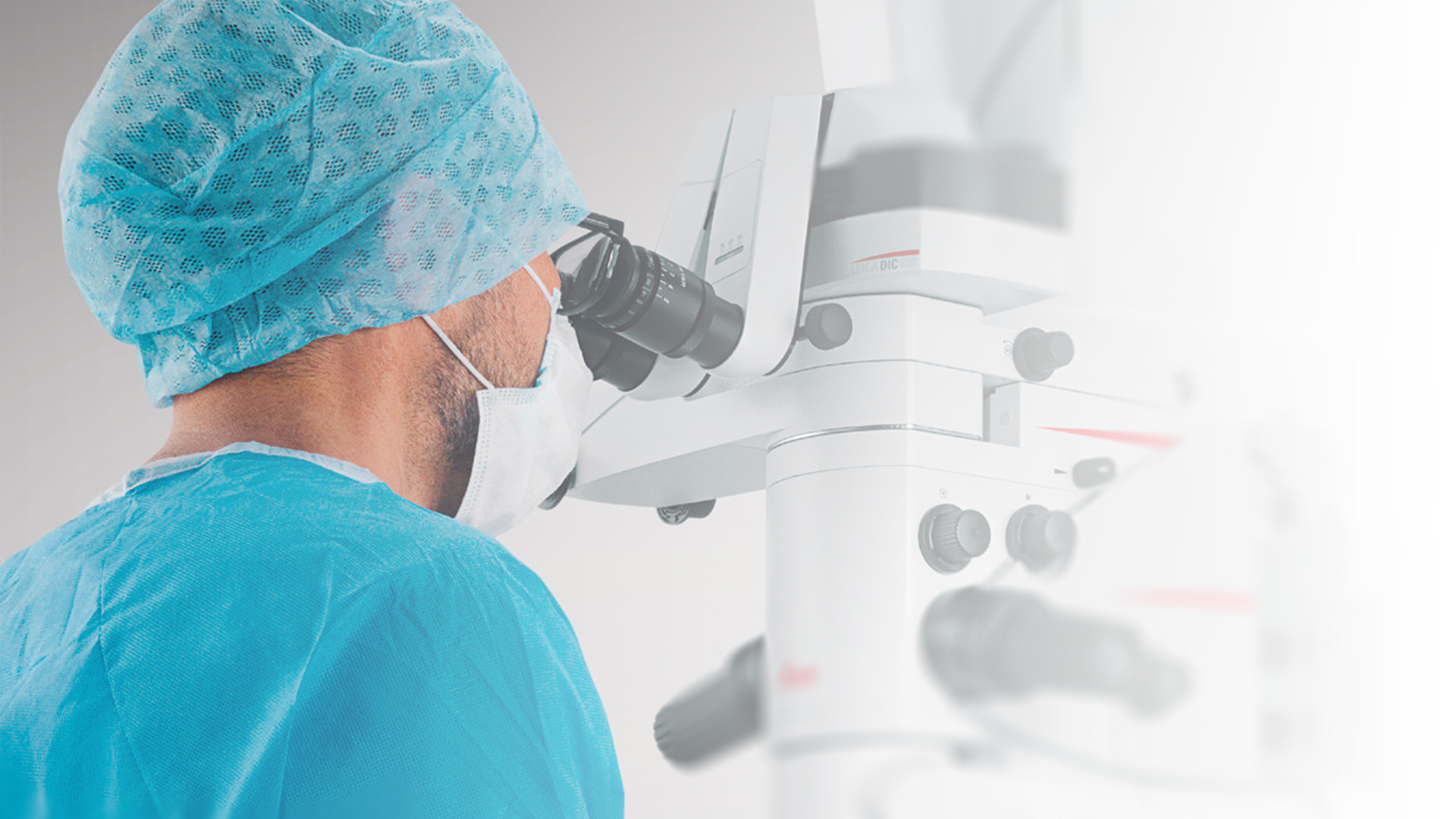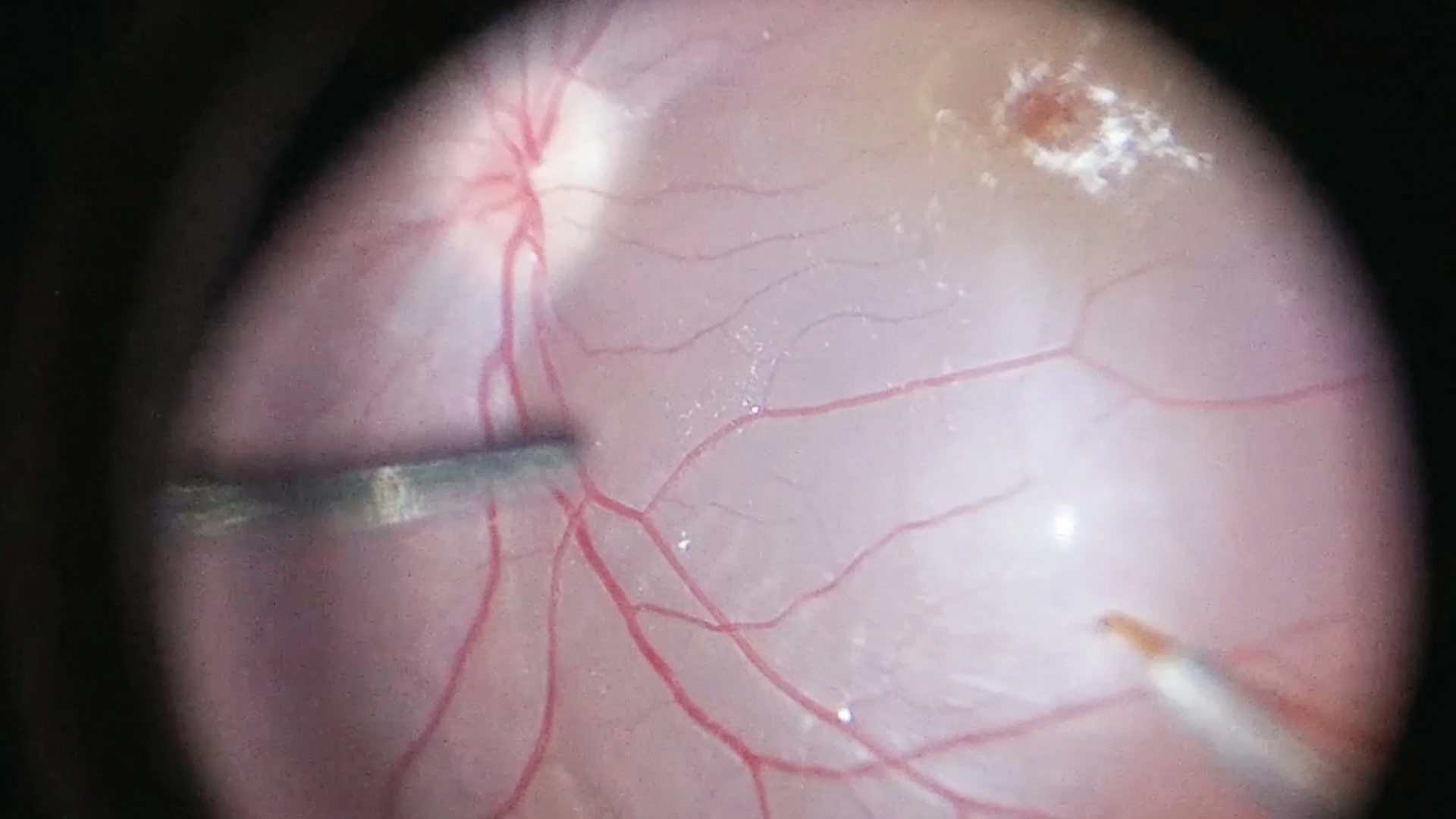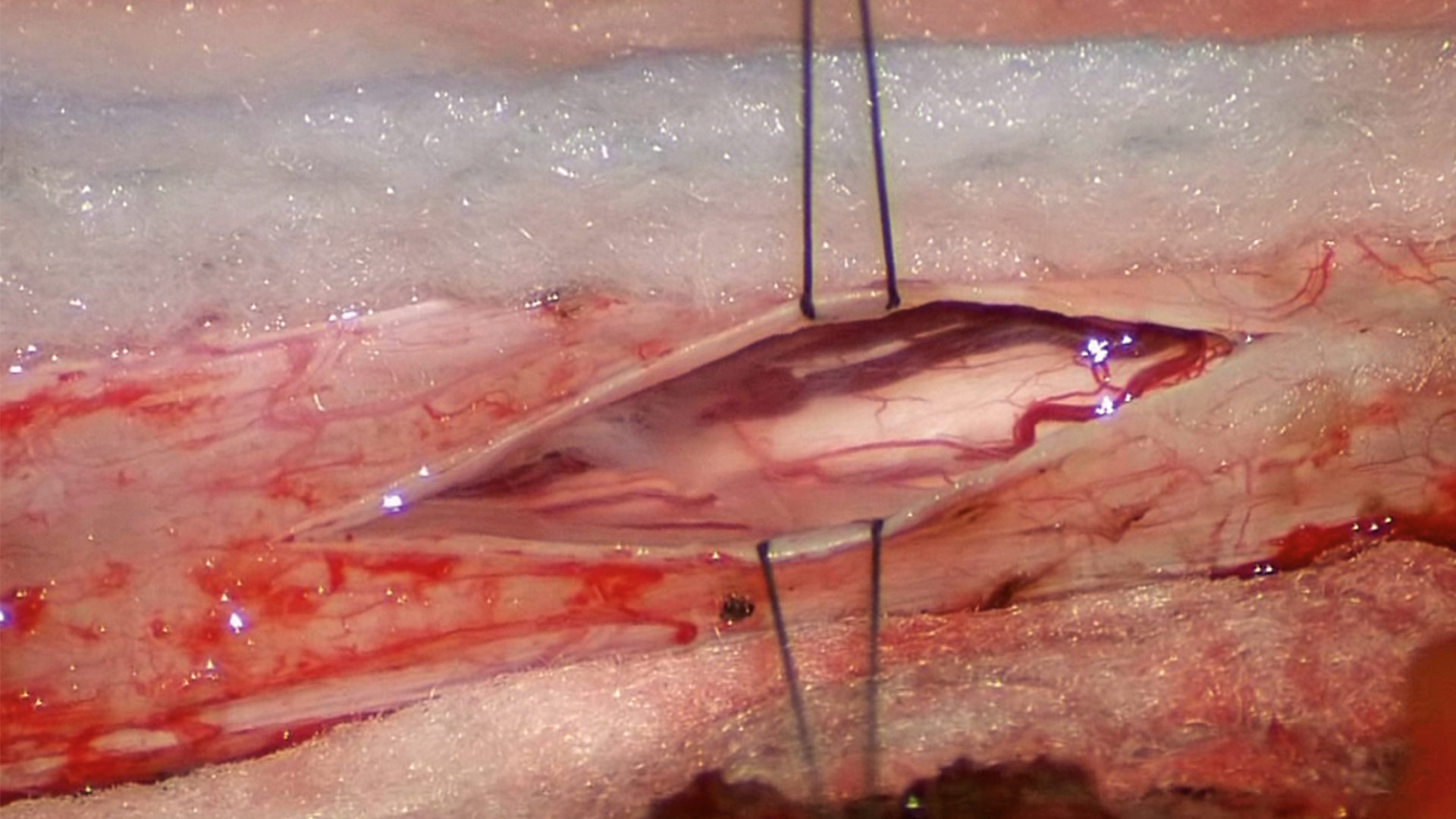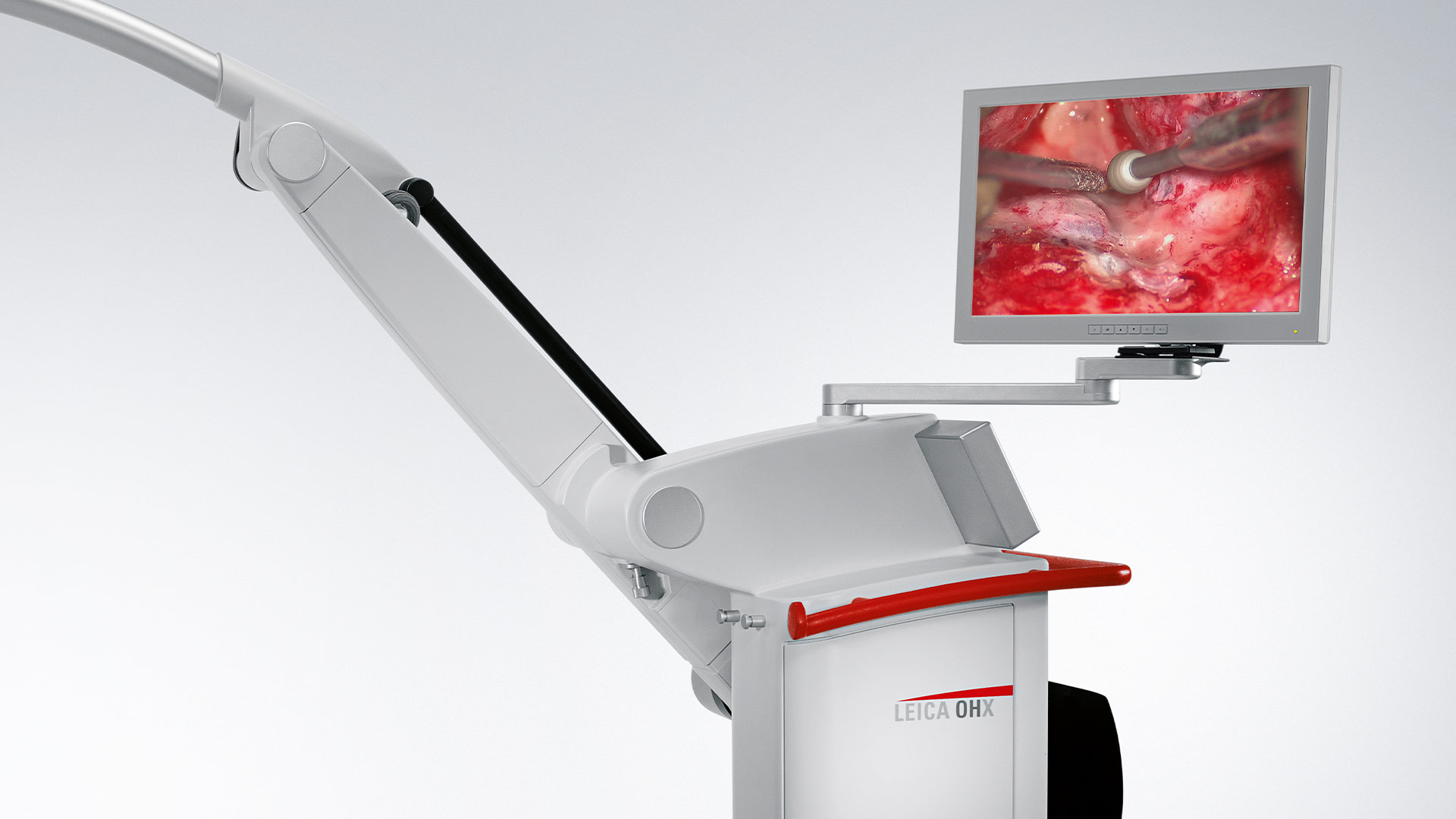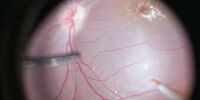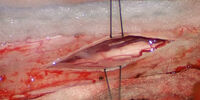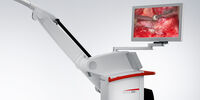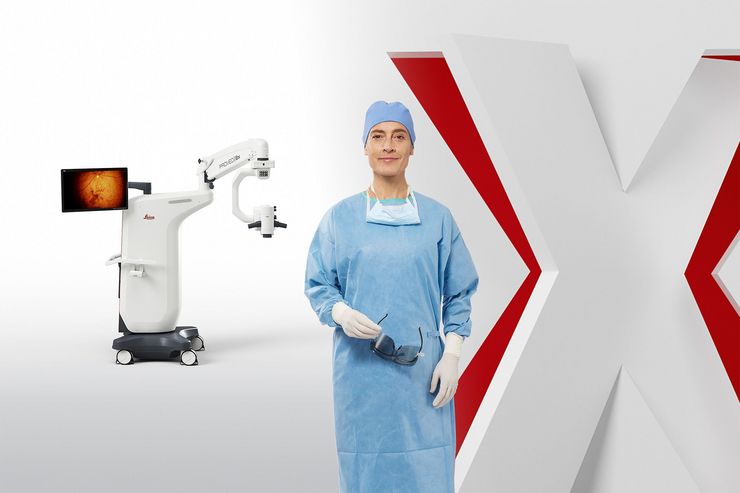What do surgeons expect from a surgical operating microscope?
They expect sharp images, flexibility, ease-of-use, optimum maneuverability, connectivity with other devices in the OR and high-quality video and recording systems.
What key factors should be taken into consideration when choosing a surgical operating microscope?
When choosing a surgical microscope keep in mind the following aspects: quality of the optics of the operating microscope, illumination design featuring low-light-concepts for increased patient safety, ergonomic design with adjustable binoculars, workflow support, connectivity with other devices in the OR, and hygiene aspects.
What advantages are gained from innovations for surgical microscopy?
Recent developments from Leica Microsystems for surgical operating microscopes include:
For Neurosurgery:
- Digital Augmented Reality Microscope ARveo 8 – aiding surgical visualization with AR technologies
- Augmented Reality Fluorescence GLOW800 – visualizing blood flow in real-time imposed onto the surgical field
- Fluorescence Filter Modules FL400, FL560, and FL800 – enhancing surgical insights and aiding decision making
- Exoscopic Surgery with 3D 4K-Heads-Up-Display (HUD) – increasing ergonomics in the OR, opening up new surgical operating approaches, and improving visualization for the entire OR staff
- FusionOptics technology for less refocusing during surgery- providing detailed images with enhanced depth-of-field
For Ophthalmology:
- Specialized illumination concepts for stable red reflex – increasing confidence during all phases of cataract surgery
- Built-in optical coherence tomography (OCT) in the Proveo 8 – providing greater insight by revealing sub-surface tissue details during eye surgery
- Smart light-management concepts, BrightCare Plus - increasing patient safety and viewing comfort for surgeons working under less light intensity
Surgical Microscopes
What does a surgeon expect from a first-rate surgical microscope? – Top-class imaging quality and the greatest possible freedom of movement.
Compact and Precise Systems
The surgical microscopes of Leica Microsystems are exactly geared to the requirements of microsurgery. A compact optical unit delivers clear and sharply focused images and the modular system gives the surgeon optimum maneuverability.
About Surgical Microscopy
What does a surgeon expect from surgical microscopy? Sharp, clear images, flexibility and ease of use, and high-quality video and recording systems. Surgeons in the fields of neurology, ophthalmology, otolaryngology (ENT) and plastic reconstructive surgery rely on operating microscopes to magnify their view of the surgical site and provide information beyond what is visible to the naked eye.
In recent years, surgeons have benefitted from many technological innovations that have enhanced microscope performance, expanded the array of available diagnostic and operative tools, and ultimately improved surgical outcomes and patient wellbeing. Some examples of recent developments in surgical microscopy include: compact horizontal optics, increased reach and overhead clearance for optimum maneuverability, ergonomically-designed microscopes and accessories to improve surgeon posture and comfort, fully integrated HD video and recording in 2D and 3D, intraoperative fluorescence to see blood flow or brain tumors, and stable red reflex.
Frequently Asked Questions Surgical Microscopes
Leica Microsystems offers a wide range of surgical operating microscopes covering microscopic visualization for diagnostic purposes as well as the large field of clinical microsurgical interventions. These include surgery in the anterior and posterior segment in ophthalmology, neurosurgery (spine and cranial), ENT surgery, plastic reconstructive surgery, and dental surgery.
A surgical operating microscope allows a surgeon to view the anatomy of a patient in high magnification, making it possible to clearly see the finest details with very good resolution and contrast. Surgical microscopes also enhance the surgical view with integrated visualization technologies such as Augmented reality Fluorescence in Neurovascular procedures or built-in OCT for complex ophthalmic surgeries. Compatibility with other devices, such as IGS-systems, endoscopes or DICOM further augments the surgical view, helping to stay focused on the patient and ease surgical decision making.
For fine surgical procedures, often visualization solutions play an essential role, allowing the surgeon to perform the surgery under the best conditions. More and more surgeons are using microscopes rather than binocular glasses. The reasons are that microscopes provide much greater magnification making it possible to see the finest details. But they also offer many other benefits: an extended depth of field, high-resolution imaging, freedom of movement, ergonomic posture, integrated visualization technologies and augmented reality for utmost confidence in surgical decision making.
Leica surgical microscopes are shipped in the configuration that best fits your stated surgical needs. In case your needs change later, you can always upgrade your operating microscope by adding available accessories. Our most advanced microscopes like the Proveo 8 and the ARveo as well as M530 OHX have been developed with an open-architecture concept, hence you will always be able to update to new imaging modalities/technologies as they become available.
Ongoing, long-term support is key to Leica Microsystems. Our commitment starts at production and continues through assembly, shipment, delivery, installation, and on into the maintenance programs we offer. Because we believe that in today’s world, simply selling products will not do.
